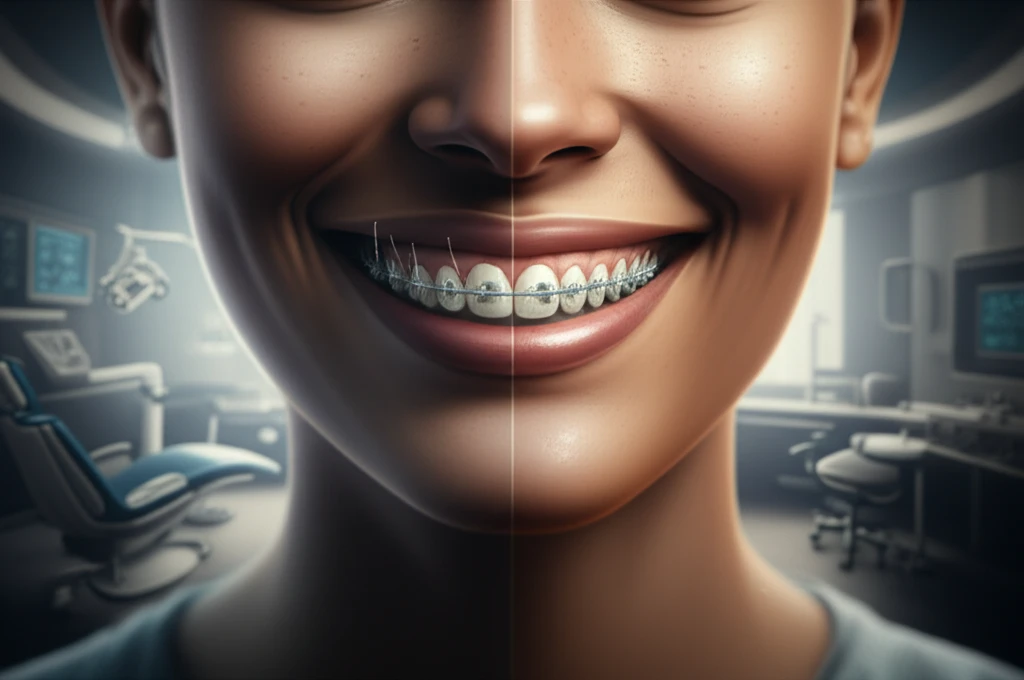
Smile Upgrade: Unveiling the Accuracy of Digital Dental Models for a Perfect Grin
"From Scans to Smiles: How digital models are reshaping the world of orthodontics, offering a glimpse into a future of precision and efficiency."
In the ever-evolving landscape of dental technology, the shift from traditional methods to digital solutions is undeniable. One of the most significant advancements is the use of digital dental models, which are created using intraoral scanners. These devices capture detailed images of a patient's teeth and gums, creating a 3D model that can be used for various orthodontic procedures.
This transition is not just about embracing new technology; it's about enhancing precision, improving efficiency, and ultimately, providing a better experience for patients. Digital models offer a level of accuracy that can be challenging to achieve with traditional methods, leading to more predictable and effective treatments. The promise of a perfect smile is now closer than ever, thanks to these innovative tools.
This article dives deep into the world of digital dental models, examining their accuracy and comparing them to traditional methods. We'll explore how these models are created, the benefits they offer, and what the future holds for this exciting technology. Prepare to discover how digital innovation is revolutionizing the path to a healthy, beautiful smile.
Digital Models vs. Traditional Methods: A Comparative Look

Traditional dental models rely on physical impressions, often made using materials like alginate. This process can be uncomfortable for patients and is prone to inaccuracies. Digital models, on the other hand, involve scanning the mouth with an intraoral scanner, which captures detailed images in real-time. These scans are then converted into 3D models using specialized software.
- Enhanced Precision: Digital models offer a higher degree of accuracy, reducing the margin of error in orthodontic treatments.
- Increased Efficiency: Digital scanning eliminates the need for physical impressions, saving time and reducing the number of appointments.
- Improved Patient Comfort: Digital scans are less invasive and more comfortable compared to traditional impression-taking methods.
- Better Communication: 3D models allow for enhanced visualization, improving communication between orthodontists and patients.
The Future of Smiles: Embracing Digital Innovation
Digital dental models represent a significant leap forward in orthodontic care. They offer enhanced precision, increased efficiency, and improved patient experiences. As technology continues to evolve, we can expect even greater advancements in this field, leading to more predictable and effective treatments. The future of smiles is digital, and it's brighter than ever before.
